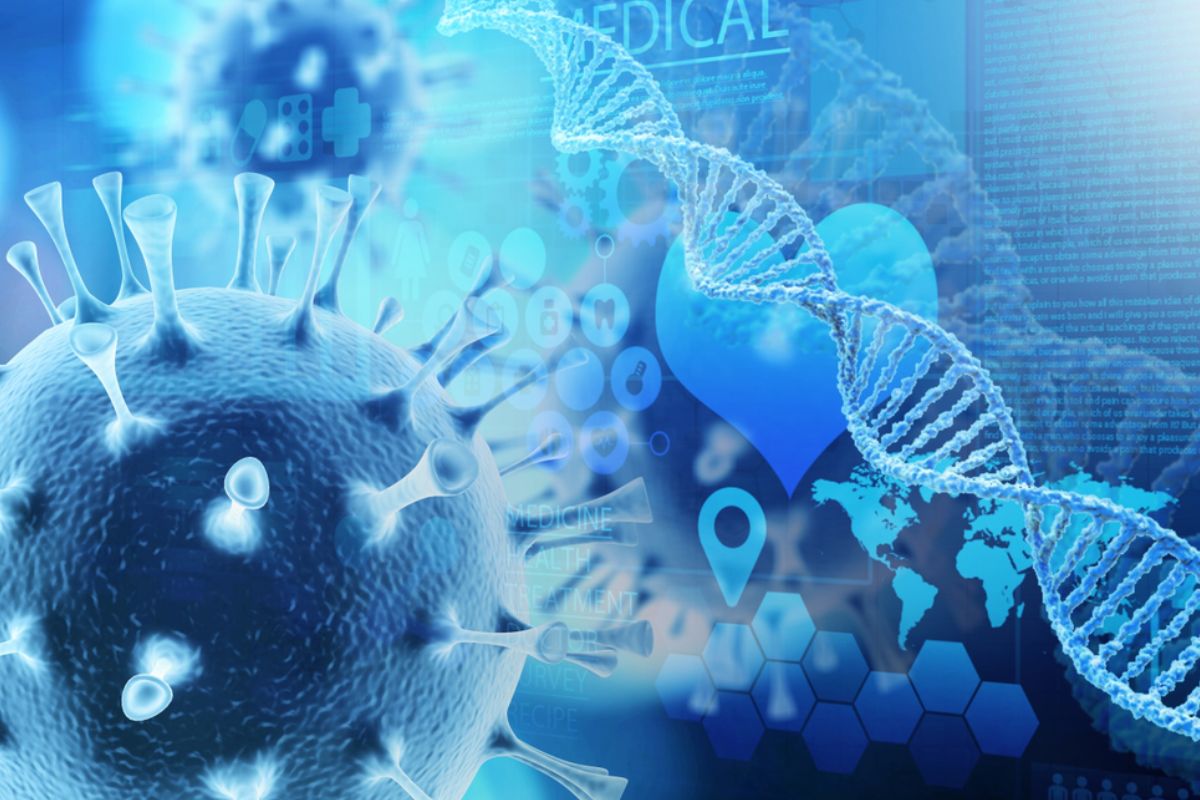In a groundbreaking discovery, scientists have found a sophisticated defense mechanism that bacteria use to shield themselves from viral attacks. This unexpected system, compared to anti-missile technology, could lead to significant advancements in biotechnology and medicine.
Bacteria’s Ingenious Defense Strategy
Researchers have long understood that bacteria have various ways to defend against viruses, especially bacteriophages, which target bacteria. However, this newly discovered system reveals a level of complexity that was previously unknown.
A team of scientists at the University of California has uncovered how certain bacteria implement a defense strategy similar to an anti-missile system. By employing advanced imaging and molecular biology techniques, they observed that the bacteria can detect incoming viral genetic material and neutralize it before an infection takes place.
Dr. Emily Roberts, the lead researcher on the project, stated, “This defense system functions much like a missile interception mechanism. It identifies viral threats, targets them with precision, and neutralizes them before they can inflict damage.”
How the System Works
The study showed that the bacterial defense relies on a molecular machine that can recognize and degrade viral DNA. This machine utilizes a guide molecule to search for specific viral sequences. Once detected, it swiftly cuts the genetic material, rendering the virus ineffective.
Interestingly, this system operates differently from the well-known CRISPR-Cas system, another bacterial immune mechanism. While CRISPR-Cas retains snippets of viral DNA to identify future threats, the newly discovered system reacts in real-time, responding instantly to incoming viruses.
Dr. Roberts emphasized, “This discovery showcases the various strategies bacteria have developed to thrive in challenging environments. These mechanisms are much more sophisticated than we had previously realized.”
Implications for Medicine and Biotechnology
The implications of these findings are significant, especially in medicine and biotechnology. Gaining insight into how bacteria resist viruses could lead to the creation of new antibiotics and antiviral treatments.
One promising application is in the fight against antibiotic resistance. As many harmful bacteria become immune to current therapies, leveraging their natural defense mechanisms could offer a fresh approach to managing infections.
Moreover, this discovery has the potential to transform genetic engineering. Researchers might modify the bacterial defense systems to develop precise DNA editing tools, similar to the applications of CRISPR-Cas.
Professor Mark Evans, a molecular biologist not associated with the study, remarked, “This research opens up a realm of possibilities. By emulating nature’s designs, we can create innovative solutions to some of the most urgent issues in healthcare and biotechnology.”
Evolutionary Significance
The study also provides insights into the evolutionary battle between bacteria and viruses. Bacteriophages are among the most prevalent entities on the planet, and their relentless assaults have compelled bacteria to evolve highly specialized defenses.
This discovery highlights the complexity of microbial ecosystems and the intricate relationships between organisms at the microscopic level. It also prompts further inquiry into what other hidden survival mechanisms bacteria may possess.
Further Research and Challenges
While the discovery is thrilling, researchers warn that there is still much to explore. The specific molecular details of the defense system are under investigation, and its occurrence across various bacterial species remains uncertain.
Dr. Roberts highlighted the importance of ongoing research. “We’ve only just started to explore this area. To fully grasp the potential of this system, we’ll need extensive studies, but the opportunities are incredibly exciting.”
A New Frontier in Microbiology
This breakthrough marks a major advancement in microbiology, demonstrating the cleverness of bacteria in their fight for survival. As researchers investigate these natural defense mechanisms further, the potential for groundbreaking applications in science and medicine becomes more evident.
The discovery of bacteria’s anti-missile defense system serves as a reminder of the vast possibilities within the microbial realm. By examining these tiny wonders, we can unlock innovations that could greatly benefit society.




